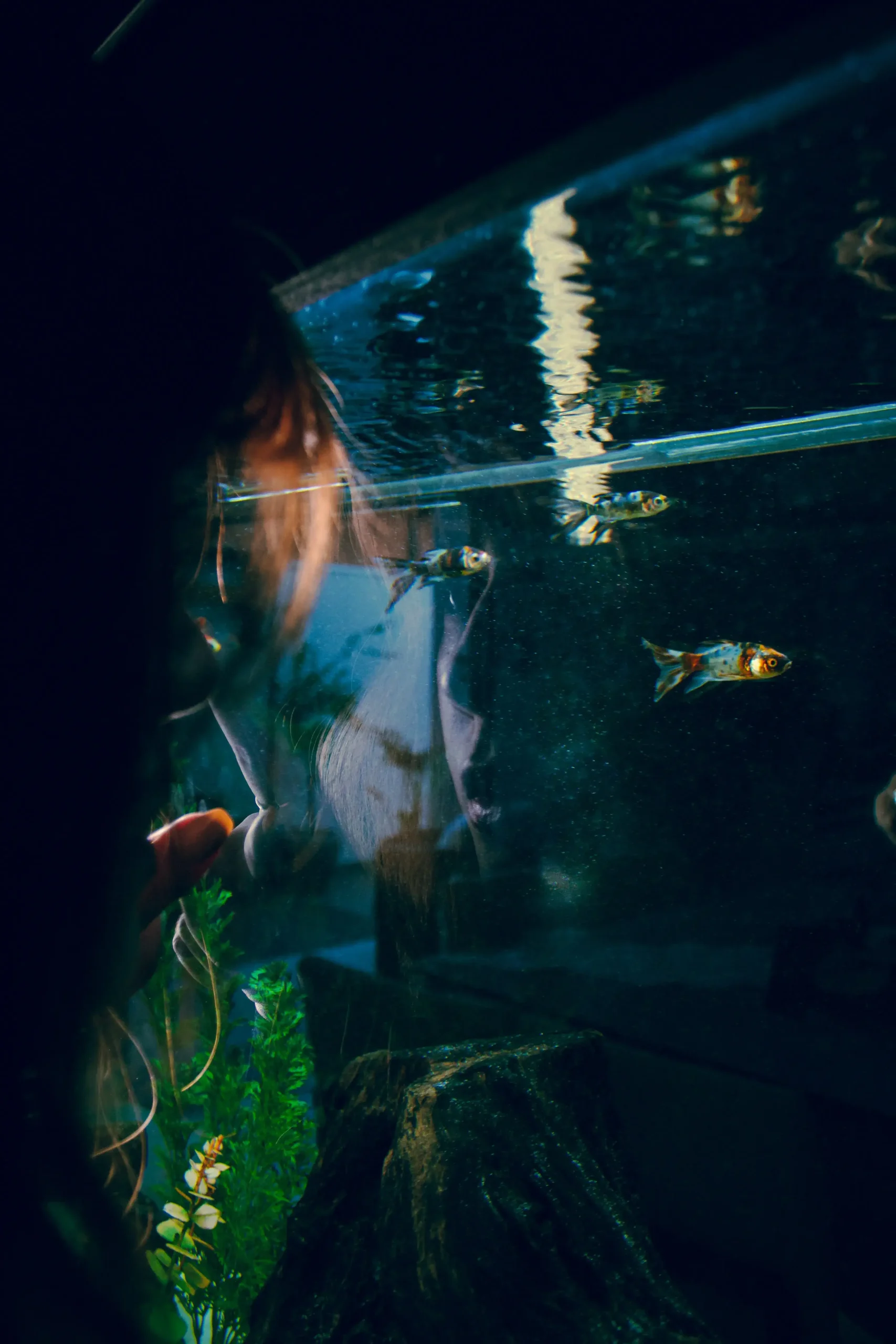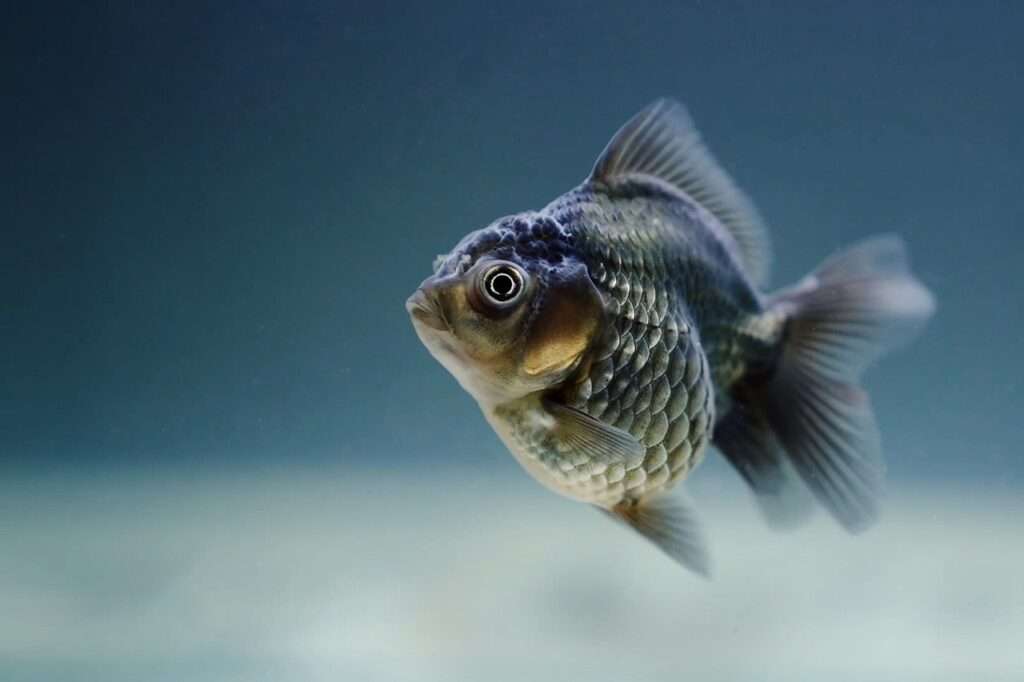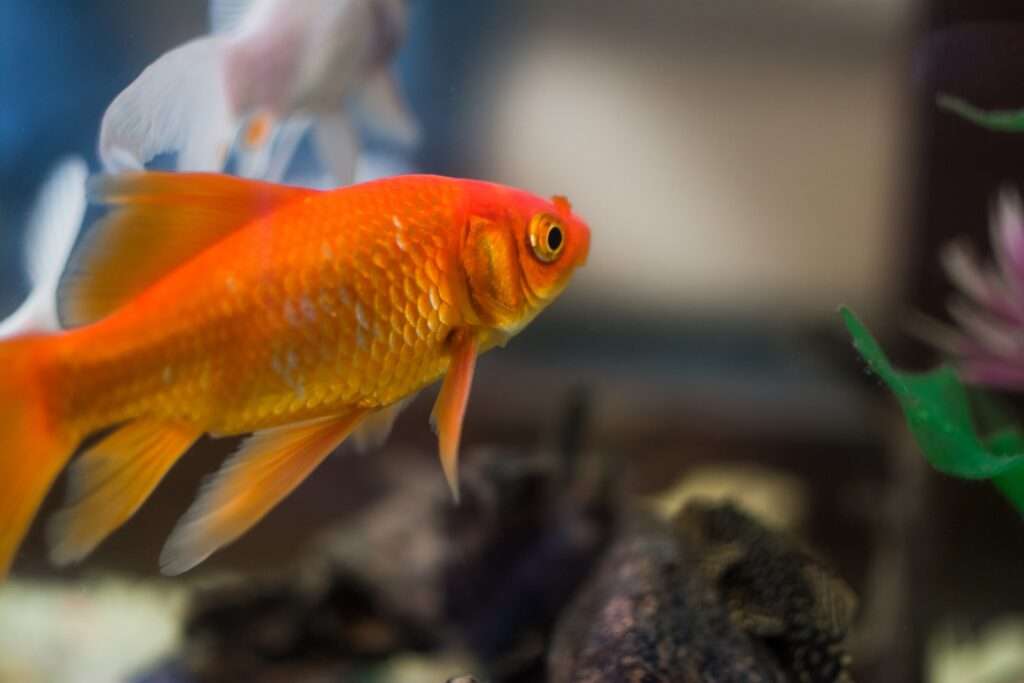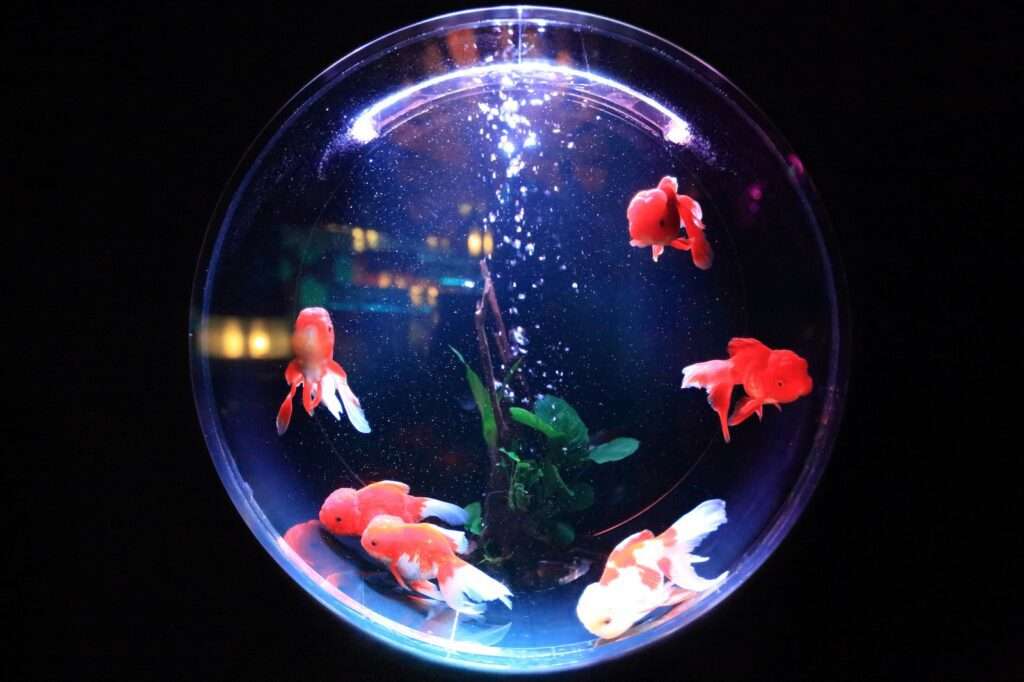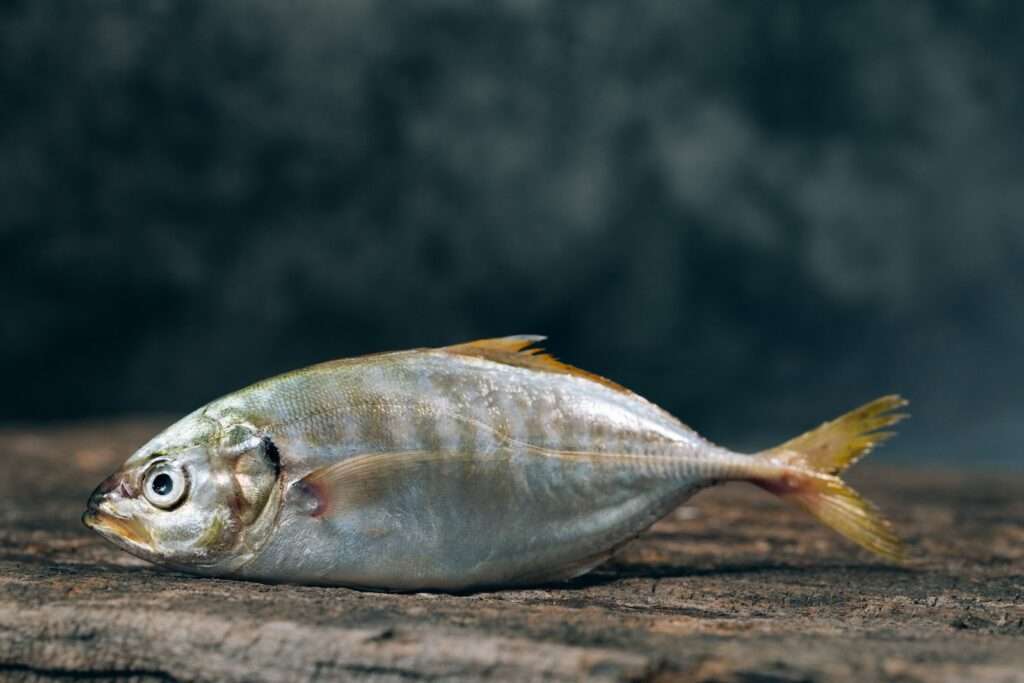**Promoting Fish Tank Exercise and Activity with Proper Tank Design**
Introduction:
Exercise and activity are essential for the health and well-being of fish. Just like humans, fish thrive when they have opportunities to move, explore, and interact with their environment. One crucial factor in promoting fish exercise and activity is the design of their tank. In this article, we will explore the various aspects of tank design that can help create an ideal environment for fish to stay active and healthy.
Tank Size and Shape:
The size and shape of the tank play a crucial role in promoting exercise for fish. A larger tank provides more swimming space, allowing fish to move freely and engage in natural behaviors. A general rule of thumb is to provide at least one gallon of water per inch of fish. However, larger tanks are always better as they offer more room for fish to explore and exercise.
Tank shape is also important. Long, rectangular tanks are ideal for active fish species, as they provide more horizontal swimming space. On the other hand, tall, vertical tanks are suitable for fish species that prefer vertical movement. Researching the natural habitat and behavior of your fish will help you choose the right tank shape.
Aquarium Decorations:
Aquarium decorations are not just for aesthetics; they also play a crucial role in promoting fish activity. Incorporating hiding spots, caves, and tunnels in the tank provides fish with places to explore and seek shelter. These hiding spots mimic their natural habitats, making them feel secure and encouraging exercise.
Plants and driftwood can also enhance fish activity. Live plants provide fish with an opportunity to swim through and hide among foliage, while driftwood creates natural obstacles and resting spots. When selecting decorations, ensure they are safe for fish and do not have sharp edges or small parts that could harm them.
Water Flow and Filtration:
Proper water flow is essential for fish activity. It mimics natural currents, allowing fish to swim against the flow and exercise their muscles. Additionally, adequate filtration is crucial in maintaining water quality. Clean, well-oxygenated water promotes fish health and encourages them to stay active. Choose a filter that is appropriate for the size of your tank and the needs of your fish species.
Lighting:
Lighting plays a vital role in promoting fish activity and maintaining their natural circadian rhythm. Providing a day-night cycle with appropriate lighting helps regulate their behavior and promotes exercise. Consider using a timer to ensure consistent lighting patterns. Additionally, select lighting options that are suitable for the specific needs of your fish and any live plants in the tank.
Adding Tankmates:
Introducing compatible tankmates can greatly enhance fish activity. The presence of other fish stimulates social interaction and encourages natural behaviors. However, it is important to research the compatibility of different fish species before adding them to the tank. Some species may be aggressive or territorial, which can lead to stress and harm to other tankmates. Proper acclimation is also crucial to minimize stress during the introduction of new fish.
Feeding Strategies:
Proper feeding strategies can indirectly promote fish exercise and activity. Implement feeding techniques that encourage movement, such as placing food in different areas of the tank to stimulate fish to swim and search for their meals. Avoid overfeeding, as it can lead to obesity and lethargy in fish. Feeding the appropriate amount of food at regular intervals keeps fish active and engaged.
FAQs:
1. How much exercise do fish need?
Fish need regular exercise to stay healthy. Aim for at least 30 minutes of swimming activity per day.
2. Can I provide too much exercise for my fish?
While exercise is important, excessive exercise can lead to stress and exhaustion. Monitor your fish’s behavior and provide adequate rest periods.
3. What are some signs that my fish are not getting enough exercise?
Signs of insufficient exercise include lethargy, weight gain, and loss of appetite. If you notice these signs, consider increasing opportunities for exercise.
4. Can fish become bored in their tank?
Yes, fish can become bored in a monotonous environment. Providing stimulation through tank decorations, tankmates, and varied feeding techniques can prevent boredom.
5. Can I use a smaller tank if I provide plenty of exercise opportunities?
While exercise opportunities are important, a larger tank is still preferable. It offers more space and allows fish to exhibit natural behaviors more freely.
6. Are there any specific tank designs that promote fish activity better than others?
Tank designs should be tailored to the specific needs and behaviors of the fish species you keep. Researching their natural habitats will help you create an environment that promotes activity.
7. How often should I change the tank layout to stimulate my fish?
Changing the tank layout every few months can provide new environmental stimuli and prevent habituation. However, sudden and frequent changes can stress fish, so it’s important to strike a balance and observe their behavior during and after changes.
In conclusion, promoting exercise and activity in fish is crucial for their overall health and well-being. By considering the tank size and shape, incorporating appropriate decorations, ensuring proper water flow and filtration, providing suitable lighting, introducing compatible tankmates, and implementing feeding strategies that encourage movement, fish owners can create an ideal environment that promotes fish activity and enhances their quality of life.


